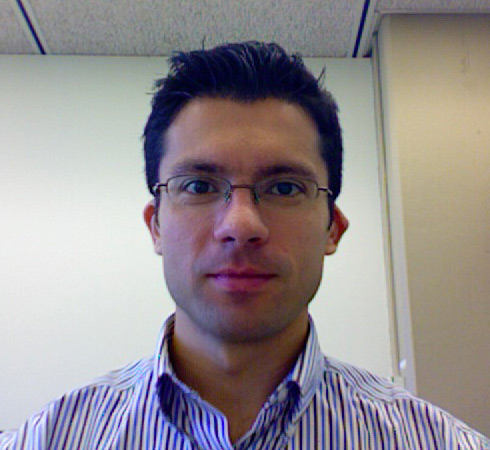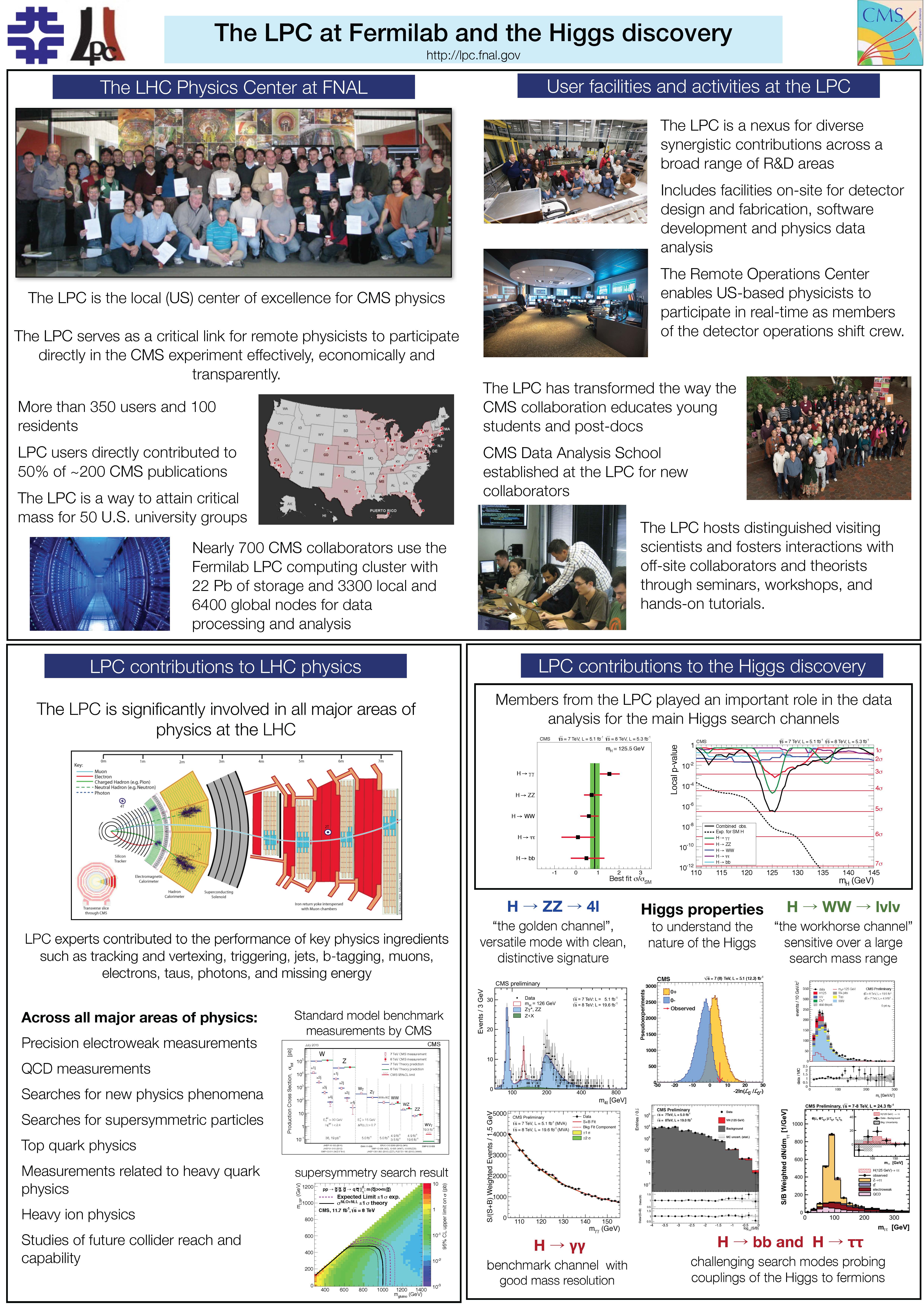LPC Fellows

Name:
Jim Lungu
Email:
Personal web link:
N/A
What I will be working on:
I am interested in starting up a new analysis technique for CMS using discriminating variables based on matrix elements of the various physics processes. This technique has proved to produce very competitive results in the top mass measurements at the Tevatron.
The basic idea is that the event kinematics can be fed into the expression for the squared matrix element of a given process. Then with the appropriate normalization this can be converted into an elementary cross-section associated to that event. Events that are the result of the given process are expected to have a larger cross-section values compared to events from other processes. One of the main ingredients for such analysis is the expression for such matrix element. They can be obtained either from one of the matrix element based generators (e.g. MadGraph) or simply from various theoretical calculations. This is where the proximity of LPC to Fermilab theorists can be exploited. Since matrix elements are calculated using quarks and not jets, another important piece of such analysis is to understand and to encode well this transition. With its large number of experts in jet algorithms and reconstruction, the LPC will provide the best environment for such analysis. I believe the SUSY and other new physics searches can benefit from using these techniques to both separate and to characterize potential excesses in the data.
I will continue working on the projects I have been involved in the past (trigger and search for SUSY) and described below.
My role in CMS past and present:
Ever since I have started working in CMS I have participated in the search for SUSY in the hadronic channel with at least three jets and substantial transverse energy imbalance (MET). The main standard model (SM) backgrounds are: QCD multijet production, W+jets production, tt production and Ζ→ νν+jets production. My contributions to this analysis are the estimation of the (Ζ→ νν)+jets background and the calculation of the upper limits on the SUSY production in the mSUGRA scenario.
For service work I was involved in the trigger group in several capacities. Currently I am co-leading the JetMET trigger subgroup together with Shabnam Jabeen (Brown University). The charge of the group is to organize the activities regarding the development, maintenance and performance of the triggers using jets and MET. We manage a small group of contact people from the various physics groups so that we can assist these groups in their efforts to use such triggers. My specific task in the trigger group is to perform the software validation of the MET triggers. I am also part of the trigger menu development group which designs new trigger menus following requests from the CMS collaboration.
